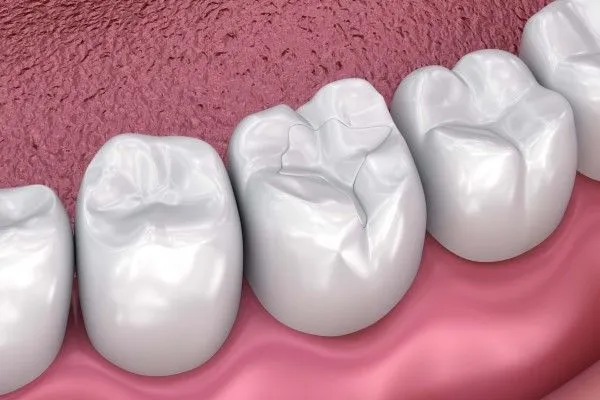Tooth decay is a common problem that affects millions of people worldwide. When left untreated, it can lead to pain, infection, and even tooth loss. Fortunately, modern dentistry offers various solutions to repair and restore damaged teeth. One such solution is ceramic fillings, a type of dental filling made from porcelain or ceramic materials.
In this article, the dentist in Easton, MA will explore the indications, procedure, and benefits of ceramic fillings, to know why they are a popular choice for patients seeking a durable and aesthetic solution for tooth decay.
What are ceramic fillings?
Ceramic fillings are a type of dental filling made from porcelain or ceramic materials. They are created using a combination of glass particles, colorants, and other materials that are designed to match the natural color and translucency of teeth. Unlike traditional fillings, ceramic fillings are highly durable and resistant to wear and tear, making them suitable for long-term use.
When do dentists recommend ceramic fillings?
Dentists recommend ceramic fillings for the following purposes:
- Aesthetic restorations: Ceramic fillings are ideal for visible teeth, such as front teeth, due to their natural appearance and color-matching ability.
- Large fillings: Ceramic fillings are suitable for large fillings, as they provide strength and durability.
- High-chewing forces: Ceramic fillings are recommended for teeth that withstand heavy chewing forces, such as molars.
- Tooth decay: Ceramic fillings are used to repair teeth damaged by decay.
- Tooth wear: Ceramic fillings can be used to restore teeth worn down by bruxism or erosion.
- Old filling replacement: Ceramic fillings can replace old fillings, especially if the old filling is failing or leaking.
- Cosmetic enhancements: Ceramic fillings can be used to enhance tooth shape, size, or color.
- Inlays and onlays: Ceramic fillings can be used for inlays and onlays, which are custom-made restorations for larger fillings.
- Crowns: Ceramic fillings can be used as a core material for ceramic crowns.
- Patients with metal allergies: Ceramic fillings are a good option for patients with metal allergies or sensitivities.
How are ceramic fillings placed?
The procedure for ceramic fillings typically involves the following steps:
- Preparation: The dentist prepares the tooth by removing decay, old fillings, or damaged tooth structure.
- Impressions: Impressions of the tooth and surrounding teeth are taken to create a model for the ceramic filling.
- Temporary filling: A temporary filling is placed to protect the tooth until the ceramic filling is ready.
- Ceramic filling fabrication: The ceramic filling is created in a dental laboratory using the impressions and model.
- Try-in: The ceramic filling is tried in to ensure proper fit, shape, and color.
- Bonding: The ceramic filling is bonded to the tooth using a special adhesive.
- Polishing: The filling is polished to achieve a natural shine and smooth finish.
In-office ceramic filling procedure(CAD/CAM):
- The dentist prepares the tooth.
- Digital impressions are taken using a CAD/CAM system.
- The ceramic filling is designed using the CAD/CAM software.
- The ceramic filling is milled from a block of ceramic material
- The filling is tried in and adjusted as needed.
- The filling is bonded to the tooth.
- The filling is polished to achieve a natural shine and smooth finish.

What are the benefits of ceramic fillings?
Ceramic fillings offer a plethora of benefits. These fillings:
- Are highly aesthetic, matching natural tooth color and translucency.
- Are highly resistant to wear and tear, making them suitable for long-term use
- Are resistant to stains and discoloration.
- Are non-toxic and biocompatible.
Takeaway
Ceramic fillings are a durable and aesthetic solution for tooth decay. While they may be more expensive than other types of fillings, their long-term benefits and advantages make them a popular choice for patients seeking a high-quality restoration. If you are considering ceramic fillings, consult with your dentist to determine if they are the right option for your specific needs.





